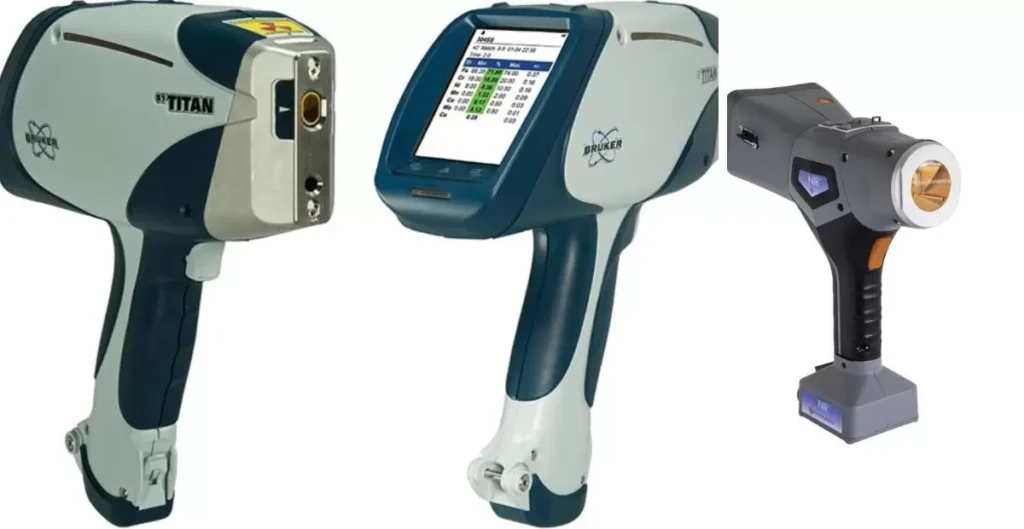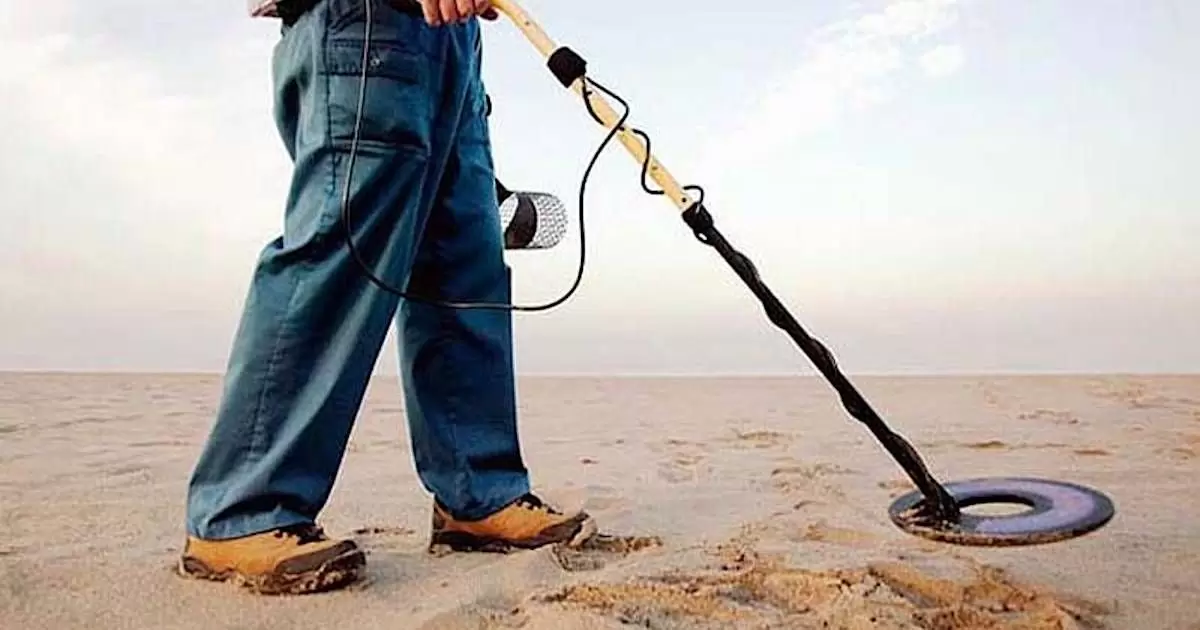A metal detector is an electronic device that locates metal objects. The detector uses electromagnetic fields to scan items passed over its coil sensors. Any metals influence the detector’s magnetic field, triggering an alert signal.
Stainless steel is a sturdy and adaptive metal alloy found in many items like jewelry, utensils and medical implants. Will stainless steel set off a metal detector? Evaluating this scenario requires understanding both the metals and these revealing devices.
Stainless steel can trigger metal detectors thanks to its inherent iron metal composition. But certain grades of stainless steel only cause low-level detector signals that often get ignored. The size, volume and detector sensitivity settings affect the chances it will alert upon stainless steel items.
Composition of Stainless Steel Alloys
Stainless steel contains iron, chromium, nickel, manganese, and other elements. The iron content enables stainless steel to be detected by metal detectors to varying degrees. But the chromium and nickel alloys also influence its conductivity and magnetic permeability.
Different stainless steel alloy grades exist like 304 and 316. Varying the metal composition ratios creates stainless steel types optimized for certain properties. But all stainless steel contains high iron levels around 70-80% to qualify as steel.
Reasons Stainless Steel Triggers Detectors
Metal detectors create magnetic fields that induce electric currents in metals passing through it. The stainless steel’s iron content allows it to conduct these eddy currents and disturb the detectors’ electromagnetic fields.
Stainless steel’s inherent ferromagnetism also enables it to become magnetized when interacting with the detectors’ magnetic waves. This further alters the field enough to alert the metal detector circuitry.
Detector Sensitivity Settings and Signals
A metal detector’s sensitivity level impacts if low-conductive metals like stainless steel gets detected. When sensitivity is set high, small stainless items trigger the alarm. But the same item may be missed on lower settings.
The signal strength also indicates the probable metal type. The conductivity, volume and speed of stainless steel creates distinct low/medium level signals versus highly conductive metals like copper or aluminum.
Impacts of Stainless Steel Volume & Size
Larger stainless steel items set off metal detectors easier than smaller pieces, owing to more material interacting with the magnetic waves. But even small steel items can trigger based on grade, detector settings, speed, and scan height.
Thicker gauge stainless steel disturbs detector fields more significantly, creating stronger signals. Ultra-thin stainless shims may bypass detection, not conducting/distorting enough electromagnetic waves.
Differences by Steel Grade on Detection

Austenitic stainless steels, enriched with higher nickel and chromium content, present detection challenges due to their lower conductivity and magnetism. 304 stainless steel grades may generate low to medium signals in detectors when reacting with aluminum, complicating detection processes.
Ferritic and martensitic stainless steels with higher iron pass through metal detectors easier. But austenitic grades can still set off detectors depending on size and sensitivity settings.
Effects of Ferromagnetism in Steel
The ferromagnetism of stainless steel enables it to become temporarily magnetized by metal detector alternating currents. This induced magnetism makes stainless steel even more responsive to detection beyond just its conductivity.
Strongly ferromagnetic grades contain more iron and trigger higher detector signals. But even weakly magnetic 300 series steels can set off metal detectors through combined mechanisms.
Importance of Detector Calibration
Properly calibrating and testing metal detectors using real stainless steel items ensures that the units can actually discover stainless steel threats based on site-specific needs.
Calibration sets the correct sensitivity thresholds while accounting for ambient interference that may mask stainless steel signals. This ensures detectors perform reliably in that environment when screening for stainless items.
Masking Effects on Steel Detectability
Certain items and conditions may conceal stainless steel during detection. For example, foil packaging dampens stainless steel signals. Wetness also impedes detection by conducting electromagnetic waves around stainless steel items.
Masking also depends on detector frequency and stainless steel composition. By understanding masking potentials, detection procedures can minimize steel concealment risks appropriately.
Applications Requiring Steel Detection
Stainless steel detection plays a vital role in scanning incoming prison contraband, medical implants prior to MRI machines, food processing lines, weapons detection and airport security screening.
Reliably discovering stainless steel weapons and prohibited items ensures safety and security in many domains. This requires tuning detectors to the specific stainless steel item signals expected.
Strategies to Improve Steel Detection
Using multi-frequency metal detectors attuned to stainless steel maximizes detection success versus single frequency units. Slowing conveyor speeds and scanning items both horizontally and vertically also enhances unreliable stainless steel signals.
Future innovations around improved sensor technologies, smarter background interference cancellation and machine learning detection will make screening stainless steel items more accurate.
Future Innovations on Steel Detectability
Ongoing stainless steel detection advances focus on constructing unique metallic signatures using arrays of photodiodes, microwave coils and microprocessors. This analyzes steel signals beyond basic metal presence.
Emerging sensor technologies will better isolate stainless steel items against background clutter. Inline carbon sensors may someday profile metal alloys rapidly. This will enable almost all stainless steel to get discovered regardless of size or grade.
FAQs
Why do some stainless steel items set off detectors more easily?
Grades with higher iron content and larger stainless steel pieces trigger detectors better since more conductive material interacts with the magnetic waves.
What causes false positives when screening for stainless threats?
Detector sensitivity set too high causes non-stainless environmental items containing traces of metal to alert incorrectly.
How can foil packaging impact scanning stainless objects?
Foil barriers around stainless items can conceal their presence from metal detectors since the foil dampens and masks stainless signals.
Conclusion
Stainless steel’s iron metal composition enables detection by metal detectors to varying degrees. But alloying elements, item size, detector settings and other factors create inconsistencies identifying stainless items. This complicates screening applications needing to discover all stainless steel threats.
While innovations on sensor technologies and analytics systems will likely improve stainless steel detectability long term, properly calibrating current metal detectors provides the best assurance of catching stainless steel contraband. Steel detection dynamics optimizes discovery given today’s reliability limits.

